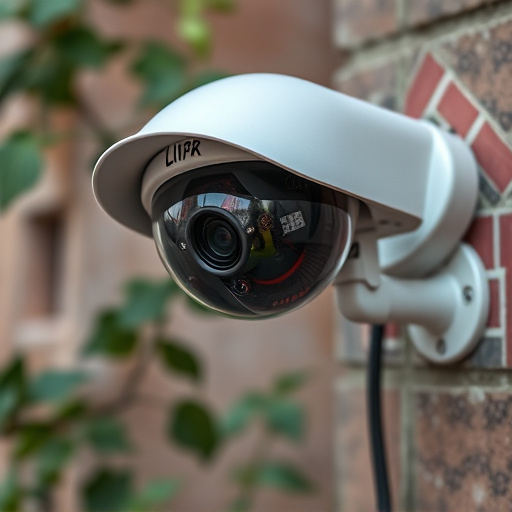The market for fake surveillance equipment, driven by privacy concerns and security testing needs, has seen a surge in demand. The most convincing dummy camera type replicates real cameras with intricate details, making them hard to distinguish from genuine ones. This technology offers benefits like cost-effective crime deterrence for filmmakers and security testers but raises ethical concerns regarding potential misuse and privacy invasion. Balancing innovation and responsible use is crucial to ensure these dummy cameras serve their purposes while preserving transparency and individual liberties.
In an era where surveillance is ubiquitous, demand for realistic fake surveillance equipment has surged. This article delves into the market for convincing dummy cameras, exploring their design and engineering intricacies. We analyze various applications, from security testing to privacy advocacy, while considering ethical implications. Discover the most compelling types of dummy cameras, which mimic real-world counterparts with astonishing accuracy, offering insights into this intriguing and evolving industry.
- Understanding the Market for Fake Surveillance Gear
- Design and Engineering of Realistic Dummy Cameras
- Applications and Ethical Considerations of Convincing Fakes
Understanding the Market for Fake Surveillance Gear
The market for fake surveillance equipment, while ethically controversial, has seen a surge in demand due to growing privacy concerns and the need for security testing. One of the most convincing dummy camera types dominating this space is the HD-quality synthetic surveillance camera. These replicas closely mimic real cameras, featuring intricate details such as lens flaws, dust particles, and even subtle manufacturing imperfections. Their advanced realistic features make them difficult to distinguish from genuine cameras at first glance.
This growing trend highlights a broader societal shift towards enhancing physical security while also raising questions about the potential misuse of fake surveillance gear for malicious purposes. Understanding consumer motivations behind purchasing such equipment is crucial, as it reveals not only a desire for better protection but also the complex interplay between technology, privacy, and public safety.
Design and Engineering of Realistic Dummy Cameras
The design and engineering of realistic dummy cameras have advanced significantly, making them nearly indistinguishable from genuine surveillance equipment. Manufacturers focus on intricate details such as housing materials, lens shapes, and pixel patterns to create the most convincing dummy camera type. The most advanced models even incorporate LED indicators that mimic real camera activity, providing an authentic visual presence.
Engineers use high-resolution 3D printing technologies to reproduce the exact dimensions and textures of popular surveillance cameras. Additionally, they employ specialized software to simulate realistic video feeds, complete with motion detection and panning effects. This level of realism ensures that dummy cameras not only look like the real thing but also behave like it, making them an effective deterrent for potential thieves or vandals.
Applications and Ethical Considerations of Convincing Fakes
Realistic-looking fake surveillance equipment has a wide range of applications, from film and television productions to security testing and public spaces. In the entertainment industry, these fakes enable filmmakers to create immersive scenes without the costs and logistical challenges of real cameras and sensors. They can replicate the appearance and behavior of various camera types, allowing for creative flexibility in setting and atmosphere.
However, the rise of hyper-realistic dummy cameras also raises ethical considerations. The most convincing dummy camera types blur the line between fact and fiction, potentially misleading viewers or raising privacy concerns, especially when used extensively in public spaces. Additionally, their accessibility may facilitate the spread of misinformation if not properly regulated. Balancing innovation with responsible use is crucial to ensure that this technology serves its purposes without compromising transparency or individual liberties.
The market for realistic fake surveillance equipment has evolved significantly, driven by both legitimate security needs and deceptive practices. Advances in design and engineering have led to the creation of remarkably convincing dummy cameras, with certain types outperforming others in terms of visual realism and functionality. While these fakes serve various applications, from testing systems to thwarting real surveillance, ethical considerations regarding their use must be carefully navigated. As technology continues to progress, staying informed about the most convincing dummy camera types and their implications will be crucial for both security professionals and the general public.
